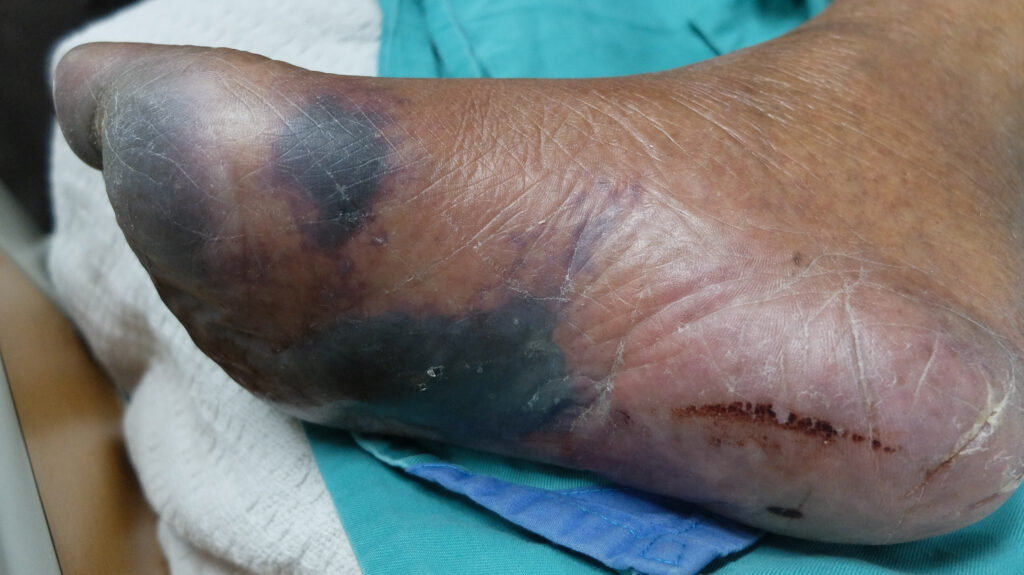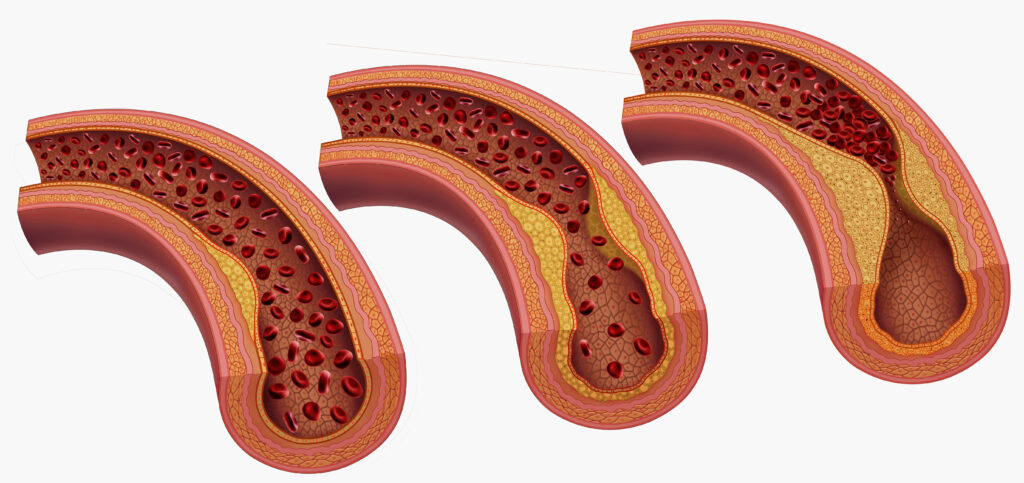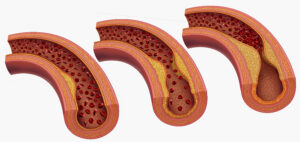Donna Parks had a sensation of heaviness in her legs for a couple of years – then sharp, stabbing pains began. A vascular surgeon determined that she had peripheral arterial disease, a stealthy but potentially deadly illness that can cause those symptoms – or none at all – in its earlier stages.
Also known as PAD, the disease actually affects many arteries in the body. Most patients with vascular disease worry about stroke or heart attack, but don’t realize the disease can have an important effect on the legs, feet and other parts of the body.
September is PAD Awareness Month – a time for older Americans to be aware of a common vascular disease that robs many of their independence in their later years. Because in its early stages peripheral arterial disease can have no symptoms at all, patients tend to be underdiagnosed, said Dr. Daniel Bertges, a vascular surgeon and member of the Society for Vascular Surgery.
A healthy, 50-year-old non-smoker has about a 2 percent chance of having PAD.
But if you have risk factors, such as advanced age, smoking and diabetes,” he said, “your chances can be upwards of 30 percent.” The disease is more prevalent with each decade of life. Americans over age 60 have a 5 percent chance of having PAD; those over 70, 15 percent; and those over 80, 20 percent.
“There are different philosophies about when to screen for PAD,” Dr. Bertges said, “but generally, if you are 50 or older and diabetic, or a smoker, it is reasonable to ask your doctor about your risk of PAD.”
Dr. Bertges, an associate professor at the University of Vermont Medical Center, stressed that patients who have PAD, but no symptoms, should not rush into any surgical procedures.
“The disease is not rapidly progressive and there is generally time to try lifestyle changes, exercise and medications like statins and/or a daily low-dose aspirin,” he said. Some patients with PAD have claudication, leg pain that comes on with walking and goes away after a short rest. But even for those patients, Dr. Bertges stressed taking a “wait and see” attitude. “There is never an urgency to do a procedure for claudication,” he said. “You should have time to think it through.”
Those diagnosed with PAD should be sure to follow doctor’s orders, though. Left untreated, the disease can lead to open sores that won’t heal, or even gangrene.
According to the Society for Vascular Surgery, those conditions require immediate medical attention. But even for people with pain, once they start seeing a vascular specialist, about half of them will stay the same, one in four will need a vascular procedure, and another quarter will improve if they exercise and take their medication.
As for Donna Parks, she eventually received a stent to improve the blood flow in her leg and embarked on a new walking program to get back to the two or three miles she used to be able to walk every day. Watch Donna’s story and learn more at the Society for Vascular Surgery website.
HAVE THESE SYMPTOMS? TELL A DOCTOR
• Fatigue or cramping in the muscles of the calf, thigh, hip or buttock that comes on after walking awhile and will go away with rest
• Pain in the toes or feet while resting
• Feet or toes that appear blue
• A wound or ulcer on the toes or feet, often on a pressure point on the foot, that takes two months or longer to heal”
Source: https://vascular.org/news-
- For more information on PAD, please visit www.vascular.org or you can call our office at 302-543-8100 to schedule an appointment with one of our board certified vascular specialists.





